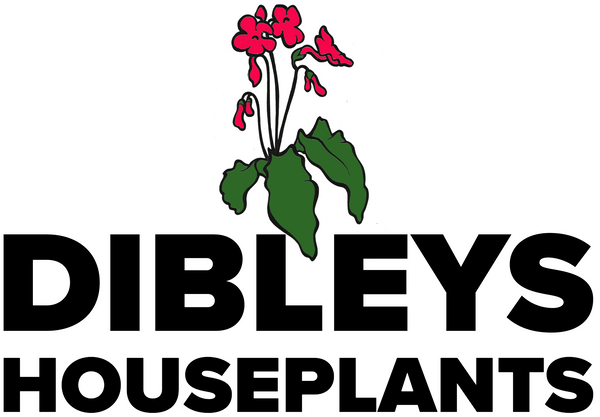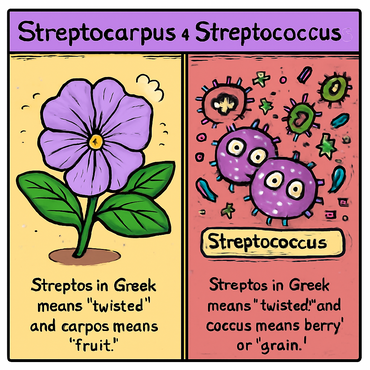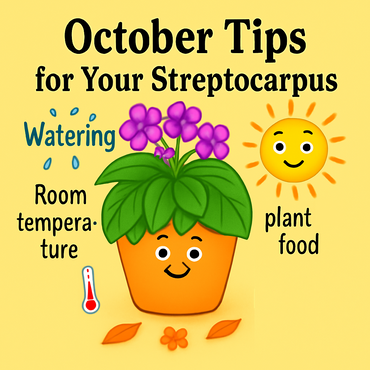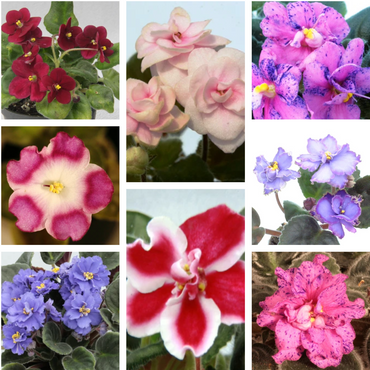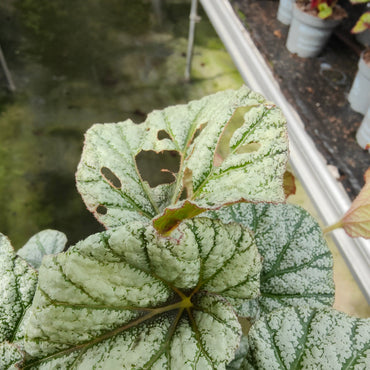
Welcome to the wonderful world of Petrocosmeas - 'Pets' for short! This is a small but beautiful group of plants, many of which are native to China, where in Pinyin (a Chinese transliteration system) the genus is called "Shí húdié shǔ, meaning "Stone butterfly genus". They are also found in northeast India, Myanmar, Thailand, and southern Vietnam¹. The name Petrocosmea comes from the Greek words for 'pretty' and 'rock'. 'Pets' grow on rocks and are therefore classed as epilithic.
Pets usually flower during the Winter months and the flower colours range from white/cream, to blue and purple.
Petrocosmea are comparatively easy to grow. Knowing their geographical distribution helps in understanding their care. Their natural habitat is in forests, where they are commonly found on limestone rocks. As a result, they require cooler conditions to grow well. They do not want full sunshine, but they do want a fairly bright position. When exposed to direct midday sun, the foliage becomes pale, stunted in growth and burned, so that the plant will ultimately die. Early morning or early evening sunlight does not harm them. Keep them on north-, east- or west-facing windowsills.
The best temperature range for good growth is 10 to 20C (50-70F).
Water regularly from either above or below but only when the plant requires it. It is
important not to overwater Petrocosmea, wait until the compost feels dry to the touch.
Overwatering, in particular regular overwatering will cause harm to the root system.

Top watering: moisten the compost, drain from the bottom of the pot, and discard the surplus. If water falls onto the leaves it must be removed using a soft tissue. If left there when the plant is in bright light or in a draught can damage them and cause unsightly brown patches.
Bottom Watering: Water is poured into the saucer or dish in which the plant is standing. Any water remaining after 20 minutes should be discarded.
Always use water at room temperature or tepid water.
Plants should be potted into a slightly larger pot each spring. At the nursery we use a
mixture of one part by volume of peat based potting compost, to one part of Vermiculite
and one part of Perlite. Do not over-pot; you will get more flowers by keeping the plant on the pot bound side. Using half depth pots is a good idea.
Feed with a high potash fertiliser – if you choose tomato feed, use it once every fortnight, half strength. The most convenient way, however, is to insert a Dibleys Streptocarpus Food tablet every 6 weeks. If you allow them to experience a drier period of time with less water and without feeding, they will reward you later on with a flush of growth and an abundance of flowers.
Always remove faded and dead flowers.
Given this treatment you will be rewarded by a wonderful display of symmetrical leaves and lovely flowers.
Remember that every plant is a separate individual and should be treated as such.

____________
¹ Petrocosmea (no date) Gesneriad Reference Web. Available at: https://gesneriads.info/gesneriad-genera/petrocosmea/ (Accessed: 26 July 2024).
